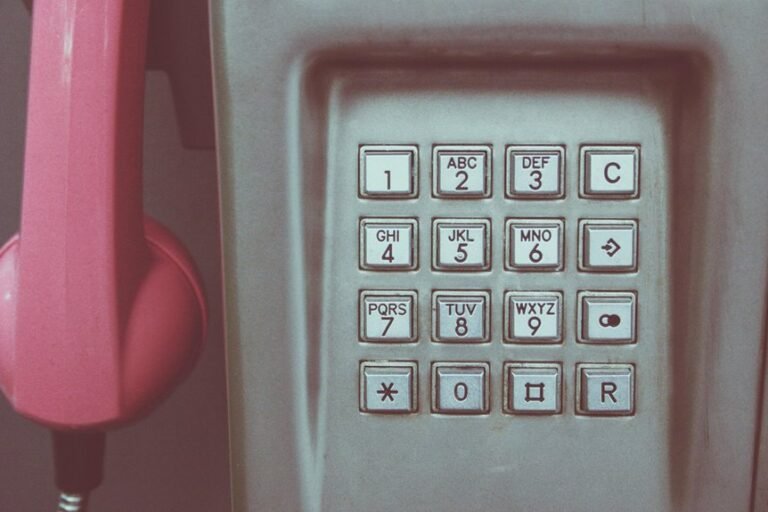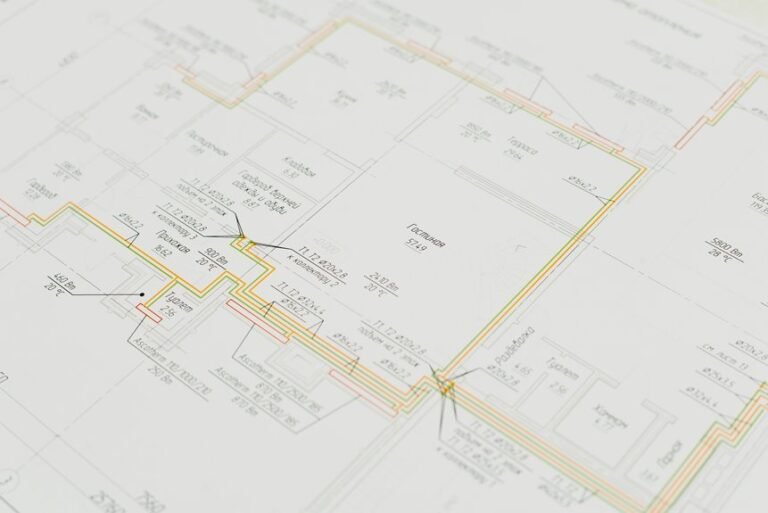Who Called Me? 9105915070, 7273872774, 5859229299, 2055885467, 8333952332, 4709753339
Many individuals have recently reported receiving calls from numbers such as 9105915070, 7273872774, and 5859229299. These calls often raise questions about their origins and intentions. Are they merely aggressive telemarketers, or do they pose a greater risk, such as scams? Understanding the nature of these calls is crucial. Furthermore, exploring the caller identification system could shed light on this issue. What steps can one take to safeguard against these unwelcome interruptions?
Understanding the Caller Identification System
Although the Caller Identification System (CID) has become a ubiquitous feature in modern telecommunications, its underlying mechanisms often remain a mystery to many users.
This caller ID technology relies on data transmitted during calls to display the caller’s number.
However, call spoofing complicates matters, allowing malicious users to manipulate this information, raising questions about privacy and the effectiveness of caller identification in safeguarding against unwanted communication.
Common Reasons for Unsolicited Calls
Unsolicited calls are a persistent annoyance that affects countless individuals across various demographics.
These interruptions arise from aggressive telemarketing tactics and sophisticated robocall strategies aimed at reaching potential customers. Companies often rely on automated systems to maximize outreach, while scammers exploit loopholes to bypass regulations.
Understanding these motivations can empower individuals to recognize and resist these unwelcome communications, preserving their sense of freedom.
How to Protect Yourself From Unwanted Communications
Protecting oneself from unwanted communications requires a multifaceted approach that combines technology, awareness, and proactive measures.
Individuals should utilize call blocking features available on their devices and regularly review privacy settings on social media platforms.
Additionally, staying informed about the latest scams and telemarketing tactics can enhance one’s ability to filter unwanted interactions, ultimately fostering a sense of personal freedom and security.
Conclusion
In a world increasingly besieged by unsolicited calls, one might wonder if these mysterious numbers are harbingers of doom or mere nuisances. The cacophony of telemarketers and potential scams creates an atmosphere of perpetual unease, leaving individuals to navigate a labyrinth of deception. Have we unwittingly entered an age where our phones serve as portals to chaos? Protecting oneself from these incessant intrusions demands vigilance, cunning, and perhaps a touch of paranoia, as the line between safety and vulnerability blurs ever more.







